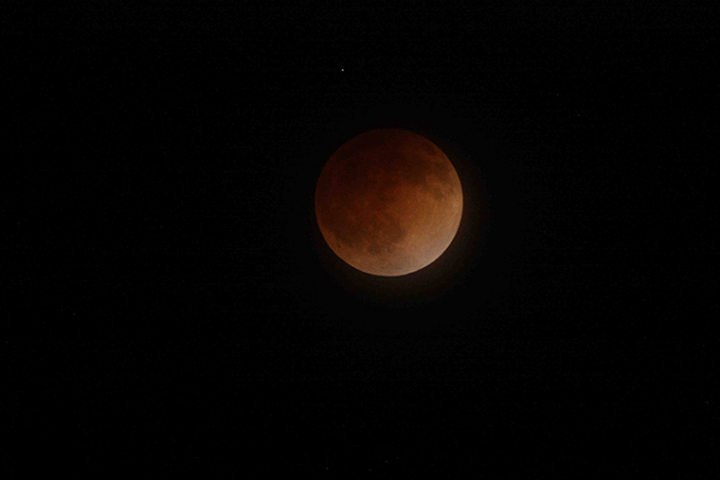The Aurora Borealis has made notable appearances across the UK this year, with sightings recorded in unexpected locations including Dorset, Essex, Cambridgeshire, and Berkshire. This natural light show is expected to reach its peak intensity during 2025, coinciding with the solar maximum.
“Activity on the sun, and in particular the number of visible sunspots, varies over roughly an 11-year period, known as the solar cycle,” explains Krista Hammond, Manager at the Met Office Space Weather Operations Centre (MOSWOC). With the last solar minimum recorded in December 2019, solar activity is now on an upward trajectory.
The Science Behind the Spectacle
The Royal Museums Greenwich provides insight into the mechanism: “Solar storms on our star’s surface give out huge clouds of electrically charged particles. These particles can travel millions of miles, and some may eventually collide with the Earth.” While most particles deflect away, some become trapped in Earth’s magnetic field, creating the aurora effect near the magnetic poles.
Tom Kerss, Royal Observatory astronomer, elaborates on this process: “These particles then slam into atoms and molecules in the Earth’s atmosphere and essentially heat them up. We call this physical process ‘excitation’, but it’s very much like heating a gas and making it glow.”
Viewing Opportunities Across Britain
The visibility of the Northern Lights extends beyond traditional viewing locations. “The further north you are the more likely you are to see the display,” states the Royal Museums Greenwich. However, recent heightened solar activity has enabled viewing as far south as Cornwall and Brighton.
Hammond notes: “Over the coming years, as we continue towards the solar maximum, we can expect to see an increase in the frequency of space weather events, with more chances to see the Aurora Borealis over the UK.”
Optimal viewing requires specific conditions. Dark, clear nights with minimal light pollution provide the best opportunities for observation.
Similar Posts
Looking Ahead
The approaching solar maximum of 2025 presents the peak of the current 11-year solar cycle. This periodic phenomenon influences the frequency and intensity of aurora displays. The Met Office Space Weather Operations Centre continues to track solar developments, providing regular updates on potential viewing opportunities.


















